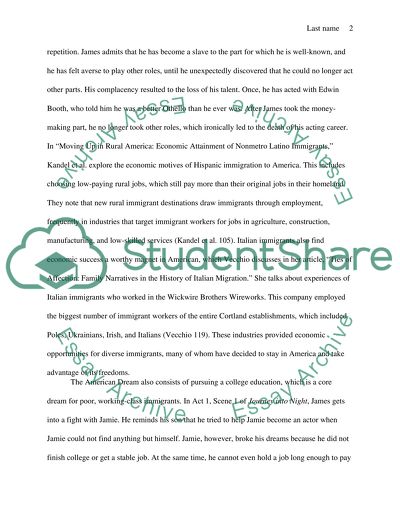Cite this document
(“Immigrants and their Pursuit of the American Dream Essay”, n.d.)
Retrieved from https://studentshare.org/literature/1451030-how-is-the-immigrant-irish-experience-as-shown-in
Retrieved from https://studentshare.org/literature/1451030-how-is-the-immigrant-irish-experience-as-shown-in
(Immigrants and Their Pursuit of the American Dream Essay)
https://studentshare.org/literature/1451030-how-is-the-immigrant-irish-experience-as-shown-in.
https://studentshare.org/literature/1451030-how-is-the-immigrant-irish-experience-as-shown-in.
“Immigrants and Their Pursuit of the American Dream Essay”, n.d. https://studentshare.org/literature/1451030-how-is-the-immigrant-irish-experience-as-shown-in.


